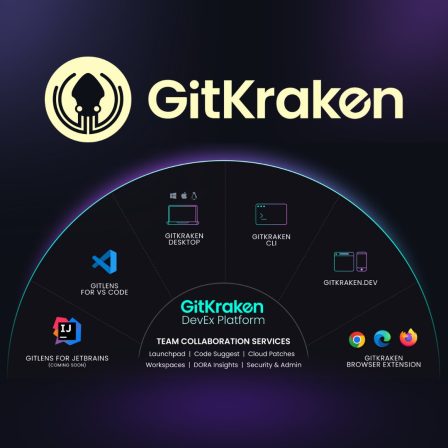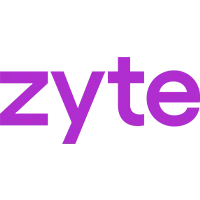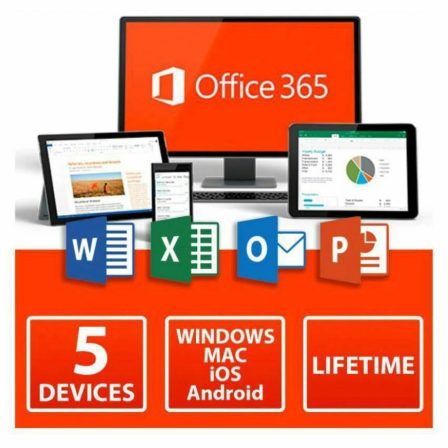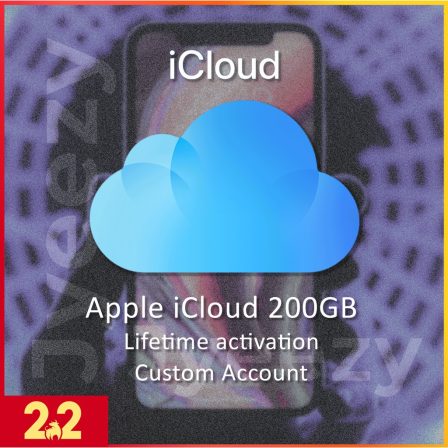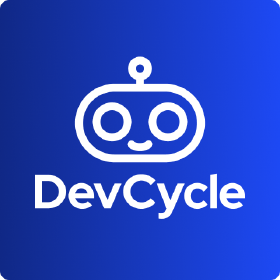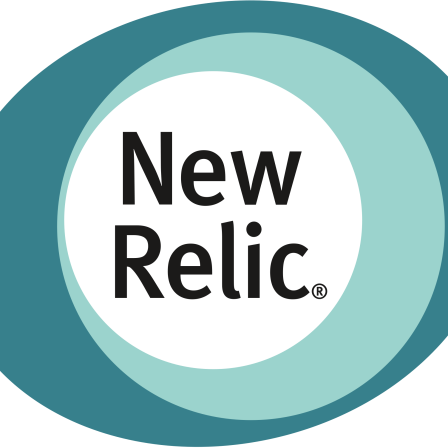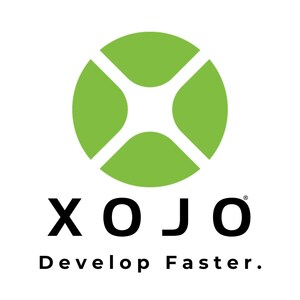There is no item in your cart
The End of “One-Size-Fits-All” Computing: A Developer’s Guide to Custom Silicon
For years, as a software developer, you rarely had to think about the specific CPU your code was running on. It was almost always x86, and the hardware was largely a generic commodity. But from Apple’s M-series chips in our laptops, to Google’s Tensor Processing Units (TPUs) in the cloud, and Amazon’s Graviton processors powering a huge chunk of the internet—that era is over.
Welcome to the age of custom silicon. The world’s largest tech companies are no longer relying on off-the-shelf processors. They are designing their own chips, optimized for specific tasks like AI, mobile computing, and data center efficiency. This fundamental shift from general-purpose to specialized hardware has profound implications for how we write, test, and deploy software.
Why is Custom Silicon Taking Over?
- The Slowdown of Moore’s Law: Traditional performance gains from simply shrinking transistors are becoming harder and more expensive to achieve.
- The Rise of Specialized Workloads: The explosion of AI/ML and data-intensive tasks demands hardware specifically designed for them to be efficient.
- The Power of Vertical Integration: Companies like Apple, who control the entire stack from the chip to the OS to the app, can achieve levels of performance and power efficiency that are impossible with generic components.
A Field Guide for the Modern Developer
You don’t need to be a hardware engineer to be affected by this trend. Here’s what it means for you:
- On the Desktop & Mobile: With Apple’s M-series and Google’s Tensor chips, powerful AI/ML accelerators are now in every user’s device. This unlocks incredible opportunities for building intelligent, on-device features (like real-time image analysis or language processing) that were previously only possible in the cloud.
- In the Cloud: With processors like AWS Graviton (which is ARM-based), the choice of a cloud instance is no longer just about RAM and vCPUs. Choosing an ARM-based instance over a traditional x86 instance for the right workload can result in significantly better performance at a lower cost—a key consideration for any FinOps-aware team.
What Do You Need to Do Differently?
- Embrace Multi-Architecture Builds: Your CI/CD pipeline can no longer assume a single architecture. Building and testing for both
x86_64andarm64is becoming standard practice for any distributable software. - Profile, Don’t Assume: Code that is highly optimized for an Intel chip might not be the fastest on an Apple M-series or an AWS Graviton processor. Performance is no longer an abstract concept; it’s context-dependent. You must measure it.
- Leverage Platform-Specific Libraries: To get the most out of the hardware, you’ll increasingly need to use libraries and SDKs that are specifically optimized for that silicon (e.g., Apple’s Core ML or Google’s JAX).
Conclusion
The era of generic computing is giving way to a more exciting, diverse, and specialized hardware landscape. For developers, this means a new layer of optimization and opportunity. It challenges us to think more deeply about the relationship between our software and the silicon it runs on. The developers who understand and leverage this new reality will be the ones who build the fastest, most efficient, and most powerful applications of the future.
Navigating this new hardware landscape requires powerful and adaptable tools. Whether you’re profiling your application’s performance with [New Relic] to see how it behaves on different architectures, or using a modern IDE from [JetBrains] that supports cross-compilation, your toolkit is key. Deploying to the right instance type on a platform like [Heroku] can make all the difference. Explore the professional developer’s toolkit at SMONE and build for the future of computing.


